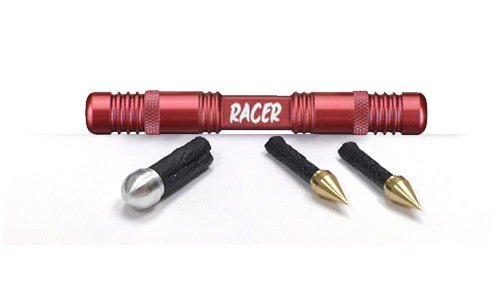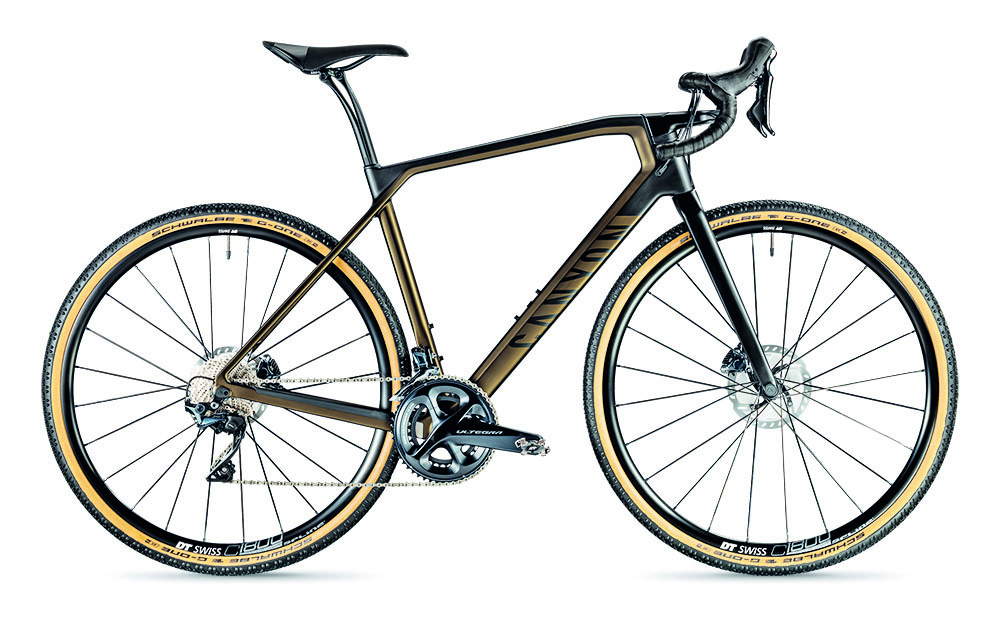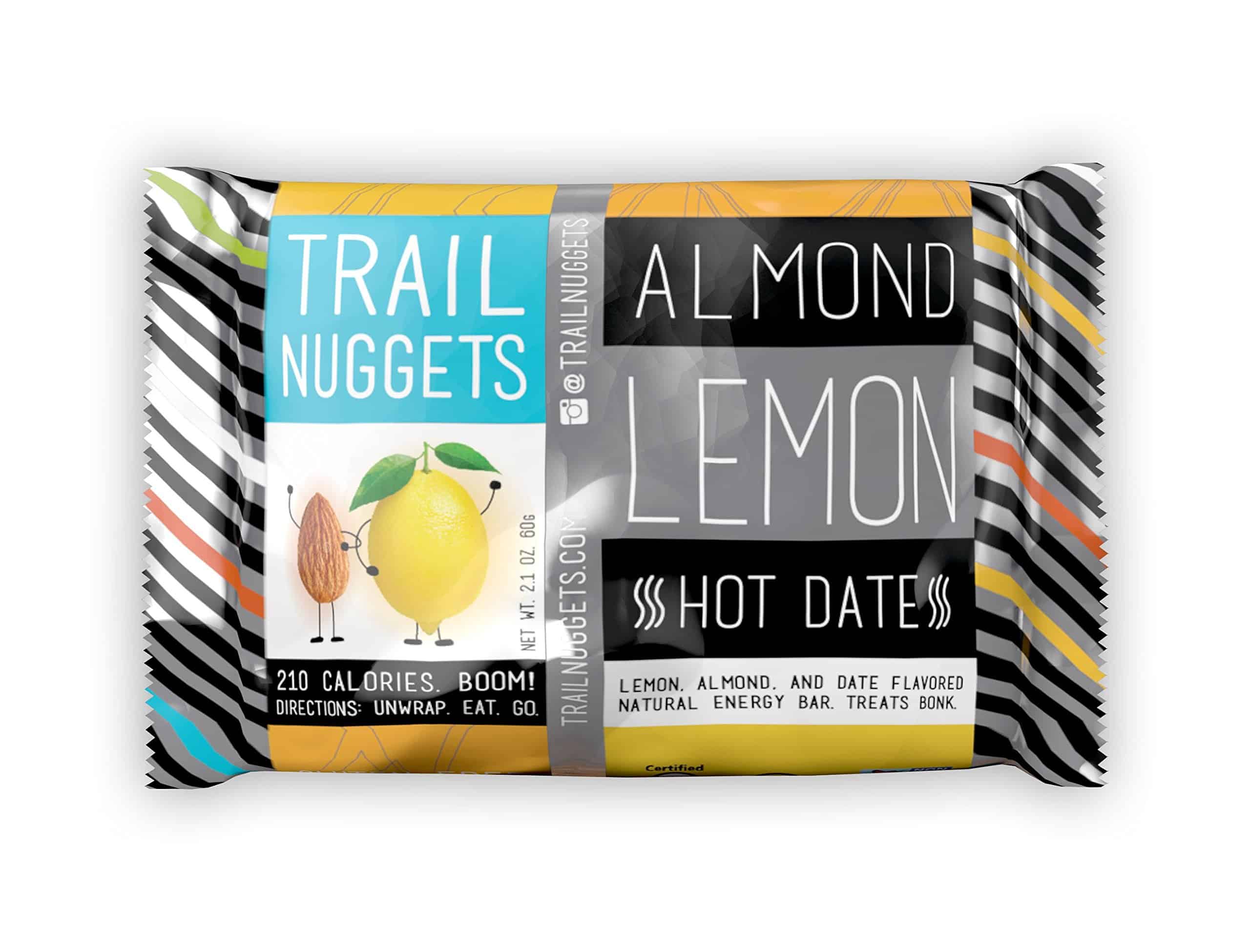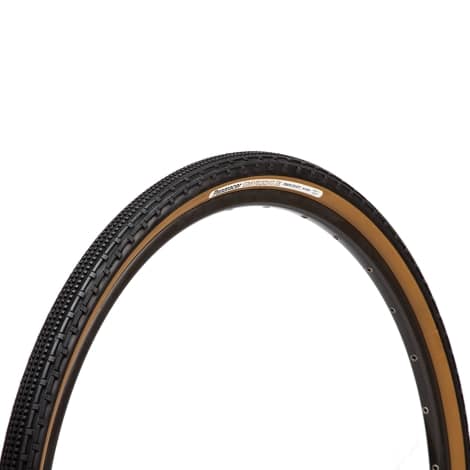Does Gravel Require A Different Type Of Fitness?
Most of us got the memo that gravel gear is more than marketing hype. What’s missing in many gravel rookies’ repertoires, however, is gravel-specific fitness.
The first time I tried a ‘gravel’ event was back in 2012 at D2R2, the Deerfield Dirt Road Randonnée.
While the name suggests otherwise, it’s definitely a ‘gravel grinder’ by today’s standards. I’d heard a lot of buzz about how hard it is, and considering the 180km distance, I expected as much. But I shrugged off a friend’s recommendation to prep and pack extra food for the event. I’d done plenty of long, arduous stage races and single-day events – I knew how to suffer.
But as I crawled glacially up the final, loose, double-track climb more than 10 hours into the ride, I accepted the hard-earned realisation that gravel events are challenging in ways I had not anticipated. Now gravel is exploding in popularity across the world (and South Africa), and many more riders are making that very same discovery.
Most of us got the memo that gravel gear is more than marketing hype (clearance for wide tyres and extra bottle mounts FTW!). What’s missing in many gravel rookies’ repertoires, however, is gravel-specific fitness.
Yep, gravel riding (and especially racing) requires a different level of fitness, strength, and stability to what many cyclists are used to. Don’t believe me? Line up for the Land Run 100, where you’ll face 172km of red, rutted roads that turn to peanut butter when wet, and see how you feel compared with riding a typical century.
But that doesn’t mean first-timers can’t successfully grind some gravel. You can and should, because it’s insanely fun. It just means you may need to tweak your form, fitness training, and ride prep. Here’s how.
FORM //
Chunky road surfaces can buck you off your line if you don’t ride them right. Good form goes a long way towards maintaining forward progress. Keep your eyes forward, looking where you want to go rather than fixating on ruts and obstacles you want to avoid. Grip the bars firmly, but not too tightly, and keep your elbows slightly bent so your front wheel is free to bounce a bit and self-correct. Stay seated with your weight back on steep climbs to keep traction; hover your butt over the saddle to let the bike flow beneath you when the going gets rough on flats. When descending, float on the balls of your feet to help buffer the bumps.
FITNESS //
Gravel often demands pushing a larger gear at a slightly lower cadence to maintain traction and have the torque you need to keep up momentum over lumps and bumps. It’s also a full-body affair as you shift your weight to float, hover, and assume the proper positioning necessary to keep your bike on track and moving forward. That means you need extra leg strength, core stability, and upper-body stamina. Performing exercises such as deadlifts, push-ups and planks twice a week can help strengthen your body to tackle the rigours of a long day off-road.
FUEL //
Depending on the terrain, you can burn between 200 and 400 more kilojoules an hour on gravel and rough unpaved paths than you would on smooth asphalt. That adds up to about two cheeseburgers over the course of a 160km gravel adventure. Working harder also equals sweating more, which means faster dehydration.
While you may know your fuel plan for a century or fondo, you’ll want to adjust it for gravel. Aim to eat about 1 000 kilojoules and drink one bottle of your favourite sports drink per hour. For gravel events that take several hours (or all day), aim for 90 grams of carbohydrates, or about 1 500 kilojoules, an hour. Just be certain they contain a combination of carbs such as glucose or maltodextrin along with fructose, so your gut can absorb it all.
Since learning these lessons the hard way during that eye-opening gravel initiation, I’ve gone on to crush even bigger gravel events like Dirty Kanza 200 (3rd place in 2013, woo-hoo!) and be crushed by them (almost dead last in the 2017 DK200, oof!). And isn’t that the beauty of gravel and this evolution in the sport? You can take the skills, wisdom, and fitness you’ve already earned and continue to apply them in new, exciting, and challenging ways.
GRAVEL GO-TOS
Dynaplug Racer, R669

Sidewall tears suck. And so does walking. This tubeless tyre-repair plug kit keeps you rolling over the most relentless terrain.
Rondo RUUT Carbon R54 950

Whether you’re into gravel grinding, bike-packing, mixed-terrain road riding, or simply commuting, you can’t go wrong with this drop-bar, dropper-post-equipped workhorse.
Canyon Grail SLX R49 000

With its innovative hover bar, this is the gravel bike disrupter that makes surviving the dirt roads a pleasure. Corrugations are smoothed, and you’ll never feel more in control when the stuff gets rough under your wheels.
Trail Nuggets R40

Munchies for miles, and stuff you can eat all day long.
Panaracer Gravel King R800

These smooth-rolling tubeless tyres blaze over all terrains, from peanut-butter mud to sketchy pea gravel and everything in between.
READ MORE ON: gear gravel gravel grinder

